Home>Furniture & Design>Living Room Furniture>What Is In The Center Of The Dining Room Table
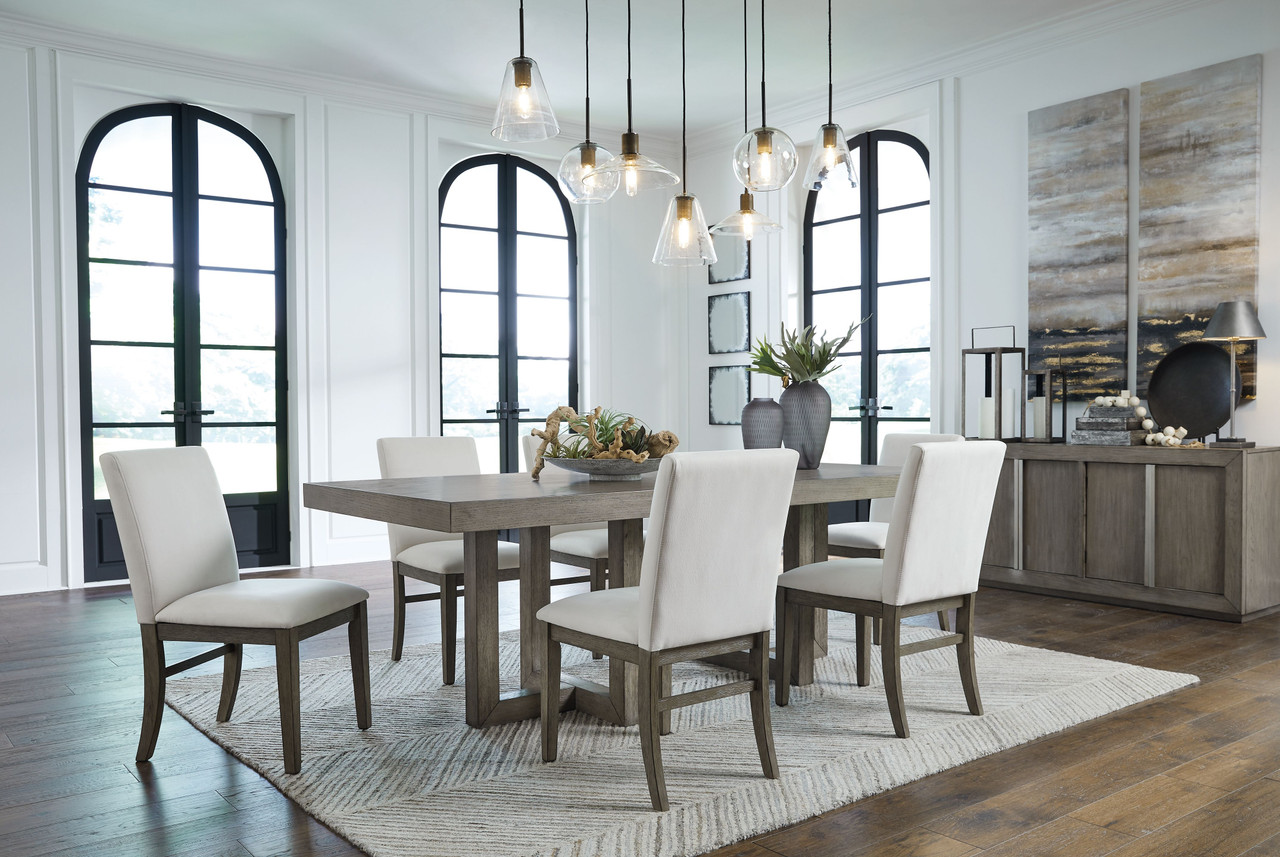

Living Room Furniture
What Is In The Center Of The Dining Room Table
Modified: January 6, 2024
Discover the perfect living room furniture and design with our guide to what belongs in the center of the dining room table. Explore now!
(Many of the links in this article redirect to a specific reviewed product. Your purchase of these products through affiliate links helps to generate commission for Storables.com, at no extra cost. Learn more)
Introduction
The dining room table has long been the heart of the home, where families and friends gather to share meals, stories, and laughter. It serves as a focal point for the room, anchoring the space and setting the stage for memorable gatherings. While the design and style of the table itself are important, the centerpiece that adorns it often takes center stage, adding a touch of elegance, personality, and charm to the dining experience.
In this article, we'll delve into the captivating world of dining room table centerpieces. From their historical significance to their evolution over time, we'll explore the traditional, modern, and personalized centerpieces that have graced dining tables throughout the years. Whether you're a seasoned host looking for fresh inspiration or a newcomer to the art of tablescaping, this exploration will provide valuable insights and ideas to elevate your dining room decor. So, let's embark on a journey through the rich tapestry of dining room table centerpieces, where creativity and tradition converge to enhance the heart of the home.
Key Takeaways:
- Dining room table centerpieces have evolved from ancient symbols of wealth and abundance to modern expressions of personal style and sustainability, enriching the dining experience with creativity and tradition.
- Traditional, modern, and personalized centerpieces offer endless possibilities for infusing the dining space with nostalgia, contemporary flair, and heartfelt storytelling, creating a welcoming and visually captivating environment for shared meals and cherished company.
Read more: What To Put In The Center Of A Dining Table
Historical Significance of Dining Room Tables
The concept of communal dining dates back to ancient civilizations, where sharing a meal was a symbol of unity, hospitality, and social connection. In ancient Rome, the triclinium, a formal dining room, was adorned with exquisite tableware and elaborate centerpieces, reflecting the host’s wealth and status. Similarly, in medieval Europe, feasting tables were adorned with ornate displays of fruits, flowers, and candles, signifying abundance and prosperity.
During the Renaissance, dining tables evolved from simple trestle designs to more sophisticated structures, becoming central to the rituals of dining and entertaining. The table’s prominence as a gathering place for family and guests led to the emergence of decorative centerpieces, often featuring intricate carvings, precious metals, and exotic materials.
As society transitioned into the Victorian era, dining room decor became increasingly elaborate, with an emphasis on opulence and refinement. Elaborate floral arrangements, gilded candelabras, and fine china adorned the dining table, reflecting the era’s romanticized view of nature and luxury.
Throughout history, the dining room table has symbolized not only sustenance and conviviality but also cultural and social values. It has been a canvas for artistic expression and a reflection of changing tastes and customs. The centerpieces that graced these tables served as expressions of creativity, hospitality, and personal style, adding a touch of beauty and sophistication to the dining experience.
The Evolution of Dining Room Table Centerpieces
Over the centuries, dining room table centerpieces have evolved in tandem with changing aesthetics, cultural influences, and technological advancements. From simple arrangements of natural elements to elaborate artistic compositions, these centerpieces have reflected the prevailing design trends and societal values of their time.
During the 18th and 19th centuries, centerpieces often featured symmetrical arrangements of flowers, fruits, and foliage, inspired by the principles of balance and harmony found in neoclassical and romantic design movements. These ornate displays were complemented by the use of precious metals, such as silver and gold, adding a sense of luxury and grandeur to the dining table.
With the advent of the Arts and Crafts movement in the late 19th century, a shift towards simplicity, craftsmanship, and natural materials influenced the design of dining room centerpieces. Handcrafted pottery, woven baskets, and artisanal woodwork became popular choices, reflecting a desire for authenticity and a connection to the natural world.
The mid-20th century brought about a wave of innovation and experimentation in design, leading to a diverse array of centerpieces that ranged from sleek and minimalist to bold and avant-garde. The use of unconventional materials, such as plastics, metals, and glass, opened up new possibilities for creative expression, allowing designers to push the boundaries of traditional table decor.
In recent decades, the concept of sustainability and eco-conscious living has influenced the evolution of dining room table centerpieces. Reusable, upcycled, and organic elements have gained popularity, reflecting a growing awareness of environmental issues and a desire to incorporate nature-inspired decor into the home.
Today, dining room table centerpieces encompass a wide spectrum of styles, from timeless and classic to contemporary and eclectic. They serve as a means of personal expression, allowing individuals to infuse their dining spaces with their unique tastes, passions, and cultural influences. Whether it’s a minimalist succulent arrangement, a vibrant seasonal display, or a sculptural art piece, the modern dining room centerpiece continues to evolve, reflecting the ever-changing landscape of design and lifestyle preferences.
Traditional Centerpieces
Traditional dining room table centerpieces often draw inspiration from classic design motifs, cultural heritage, and seasonal symbolism. These timeless arrangements evoke a sense of nostalgia and elegance, adding a touch of warmth and familiarity to the dining experience.
One of the most iconic traditional centerpieces is the floral arrangement. Whether it’s a bountiful bouquet of fresh-cut blooms or a meticulously arranged assortment of dried flowers, floral centerpieces bring a sense of natural beauty and fragrant charm to the table. Classic choices include roses, lilies, and hydrangeas, while seasonal variations may feature tulips in spring, sunflowers in summer, and rich foliage in autumn.
Candlelit centerpieces have long been a symbol of intimate gatherings and refined ambiance. Adorned with elegant candlesticks, votive holders, or pillar candles, these centerpieces cast a soft, inviting glow over the dining table, creating a cozy and enchanting atmosphere for shared meals and conversations.
Fruit and foliage arrangements harken back to ancient traditions of abundance and harvest. Whether displayed in a rustic wooden bowl or woven basket, these centerpieces showcase the vibrant colors and textures of seasonal fruits, such as apples, pears, and grapes, alongside verdant leaves and branches, celebrating the bounty of nature and the joys of the harvest season.
For formal occasions, ornate tableware and fine china can serve as the focal point of the dining table, creating a sense of opulence and sophistication. Paired with polished silver or gold accents, these centerpieces elevate the dining experience, infusing it with a sense of grandeur and timeless elegance.
Traditional centerpieces often pay homage to cultural traditions and customs, incorporating symbolic elements that hold personal or historical significance. From heirloom artifacts and family heirlooms to regional crafts and artisanal treasures, these centerpieces tell stories of heritage and legacy, enriching the dining room with a sense of continuity and connection to the past.
Whether steeped in centuries-old customs or inspired by timeless design principles, traditional dining room table centerpieces continue to captivate with their enduring charm and ability to evoke a sense of comfort, beauty, and shared history.
A centerpiece, such as a vase of flowers, fruit bowl, or decorative item, is typically placed in the center of a dining room table to add visual interest and create a focal point for the room.
Modern Centerpieces
Modern dining room table centerpieces embrace a wide range of styles, materials, and aesthetics, reflecting contemporary design sensibilities and the diverse tastes of today’s homeowners. From sleek and minimalist compositions to bold and avant-garde displays, modern centerpieces offer endless possibilities for personal expression and artistic flair.
One prevalent trend in modern centerpieces is the use of geometric shapes and clean lines. Sculptural pieces crafted from metal, wood, or glass bring a sense of sophistication and modernity to the dining table, creating visual interest and a striking focal point. These minimalist arrangements often eschew excessive ornamentation in favor of sleek, understated elegance.
Succulents and air plants have become popular choices for modern centerpieces, reflecting a growing appreciation for sustainable living and nature-inspired decor. These low-maintenance, sculptural plants add a touch of greenery to the table, infusing the dining space with a contemporary, organic aesthetic. Grouped together in minimalist containers or terrariums, succulents create visually arresting compositions that require minimal upkeep.
Artistic and unconventional materials, such as acrylic, resin, and mixed media, are frequently employed in modern centerpieces, allowing for the creation of imaginative and avant-garde displays. From abstract sculptures to kinetic art pieces, these centerpieces serve as conversation starters and bold statements of individuality, challenging traditional notions of table decor and inviting creative exploration.
Seasonal and thematic centerpieces continue to thrive in modern dining spaces, offering a versatile canvas for expressing personal style and celebrating special occasions. From contemporary interpretations of holiday motifs to inventive displays inspired by global design trends, modern centerpieces provide a platform for infusing the dining room with a sense of festivity, cultural richness, and dynamic visual appeal.
Interactive and multi-functional centerpieces have emerged as innovative additions to modern dining tables, offering practical utility alongside aesthetic allure. From modular designs that can be rearranged to suit different occasions to integrated lighting elements that transform the ambiance, these dynamic centerpieces blur the line between art and function, enhancing the dining experience with versatility and ingenuity.
With their emphasis on creativity, versatility, and contemporary aesthetics, modern dining room table centerpieces reflect the ever-evolving landscape of design, lifestyle preferences, and individual expression, inviting homeowners to curate dining spaces that resonate with their unique vision and personality.
Personalized Centerpieces
Personalized dining room table centerpieces offer a delightful opportunity to infuse the dining space with individuality, sentiment, and a touch of whimsy. By incorporating cherished mementos, custom creations, and meaningful elements, homeowners can create centerpieces that reflect their personal stories, passions, and unique sense of style.
Photographic centerpieces serve as poignant reminders of cherished memories and significant milestones. Framed family photographs, travel snapshots, or vintage portraits displayed amidst decorative accents create a heartfelt centerpiece that sparks conversation and nostalgia, fostering a sense of warmth and connection during shared meals.
Customized tablescapes that reflect hobbies, interests, or cultural affiliations allow homeowners to express their personality and create a welcoming, conversation-worthy dining environment. From themed collections of collectibles and memorabilia to handcrafted displays that showcase artistic talents, personalized centerpieces serve as visual narratives that invite guests to explore and appreciate the homeowner’s passions and creativity.
DIY and upcycled centerpieces offer a sustainable and imaginative approach to personalizing the dining room table. Handcrafted creations, such as repurposed wine bottle vases, artisanal candle holders, or handmade textiles, not only add a personal touch to the decor but also demonstrate a commitment to eco-friendly living and artistic expression.
Interactive and customizable centerpieces, such as modular decor elements, themed seasonal displays, or rotating showcase pieces, invite guests to engage with the dining table and participate in the creation of a dynamic and ever-evolving centerpiece. These personalized arrangements encourage shared experiences and creative collaboration, fostering a sense of camaraderie and playfulness during meals and gatherings.
Personalized centerpieces can also incorporate elements of cultural heritage, familial traditions, and ancestral symbolism, adding layers of meaning and significance to the dining room decor. From heirloom artifacts and ancestral keepsakes to regional crafts and symbolic motifs, these centerpieces celebrate lineage, diversity, and the enduring connections that enrich the dining experience.
By embracing personalization, homeowners can transform the dining room table into a canvas for self-expression, storytelling, and meaningful connection, creating a welcoming and authentic space that reflects their individuality and resonates with the hearts of those who gather around it.
Conclusion
The dining room table and its centerpiece hold a special place in the heart of the home, serving as a gathering point for shared meals, lively conversations, and cherished memories. From the historical significance of communal dining to the evolution of dining room table centerpieces, we have explored the captivating journey of these timeless decor elements.
Traditional centerpieces, with their classic floral arrangements, candlelit ambiance, and symbolic motifs, evoke a sense of nostalgia and elegance, embodying the enduring charm of centuries-old customs and design sensibilities. Meanwhile, modern centerpieces embrace contemporary aesthetics, sustainability, and artistic innovation, offering a diverse range of styles and materials that reflect the ever-evolving landscape of design and lifestyle preferences.
Personalized centerpieces, with their intimate narratives, sentimental touches, and creative expressions, invite homeowners to infuse the dining space with their unique personalities, passions, and cultural influences, fostering a sense of authenticity and connection. Whether through cherished mementos, customized tablescapes, or interactive displays, personalized centerpieces transform the dining table into a reflection of individuality and shared stories.
As we conclude our exploration of dining room table centerpieces, it becomes evident that these decor elements are more than just adornments; they are expressions of hospitality, creativity, and personal style. Whether steeped in tradition, embracing modernity, or personalized with heartfelt touches, dining room table centerpieces enrich the dining experience, creating a welcoming and visually captivating space for gatherings, celebrations, and everyday moments of togetherness.
As homeowners and hosts, we are entrusted with the delightful task of curating centerpieces that not only enhance the aesthetics of the dining space but also resonate with the hearts of those who gather around the table. Through the artful selection of centerpieces, we have the opportunity to create an environment that fosters connection, sparks conversation, and celebrates the beauty of shared meals and cherished company.
May our exploration inspire you to embark on your own creative journey in adorning your dining room table with centerpieces that reflect your unique vision, passions, and the spirit of togetherness. Let the heart of your home be adorned with centerpieces that not only captivate the eyes but also warm the soul, creating a space where every meal becomes a cherished experience and every gathering a celebration of life’s simple joys.
Frequently Asked Questions about What Is In The Center Of The Dining Room Table
Was this page helpful?
At Storables.com, we guarantee accurate and reliable information. Our content, validated by Expert Board Contributors, is crafted following stringent Editorial Policies. We're committed to providing you with well-researched, expert-backed insights for all your informational needs.

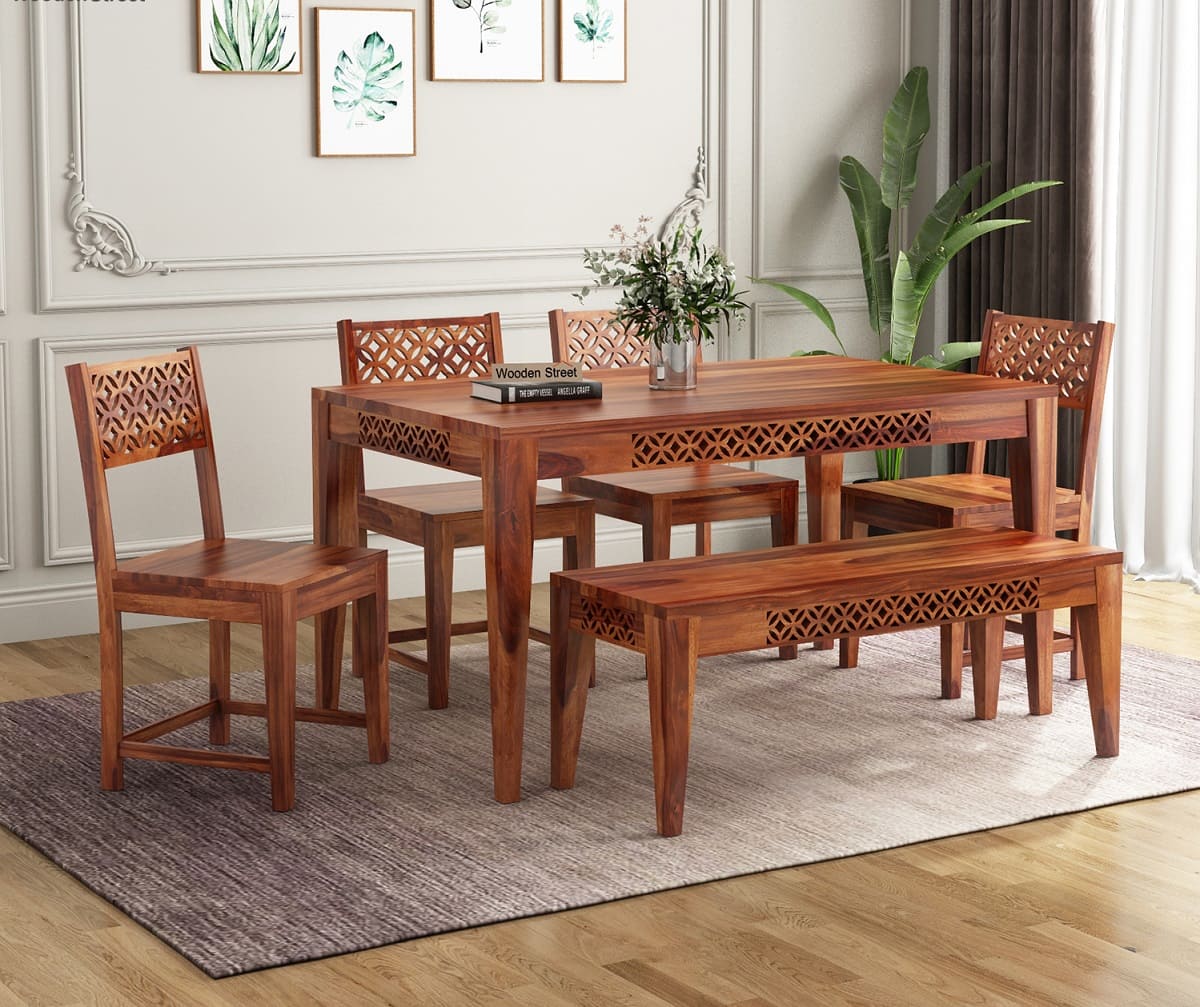
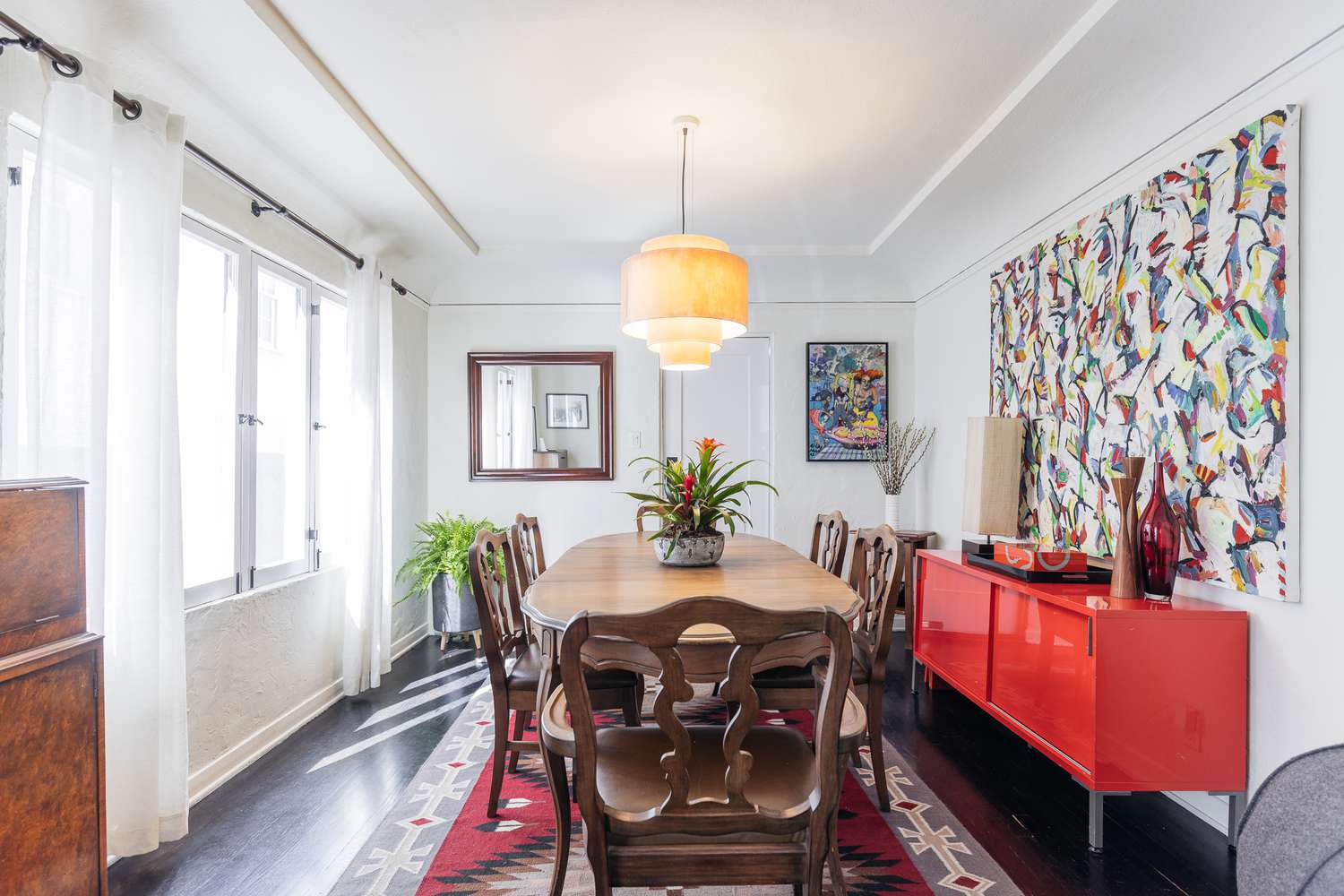
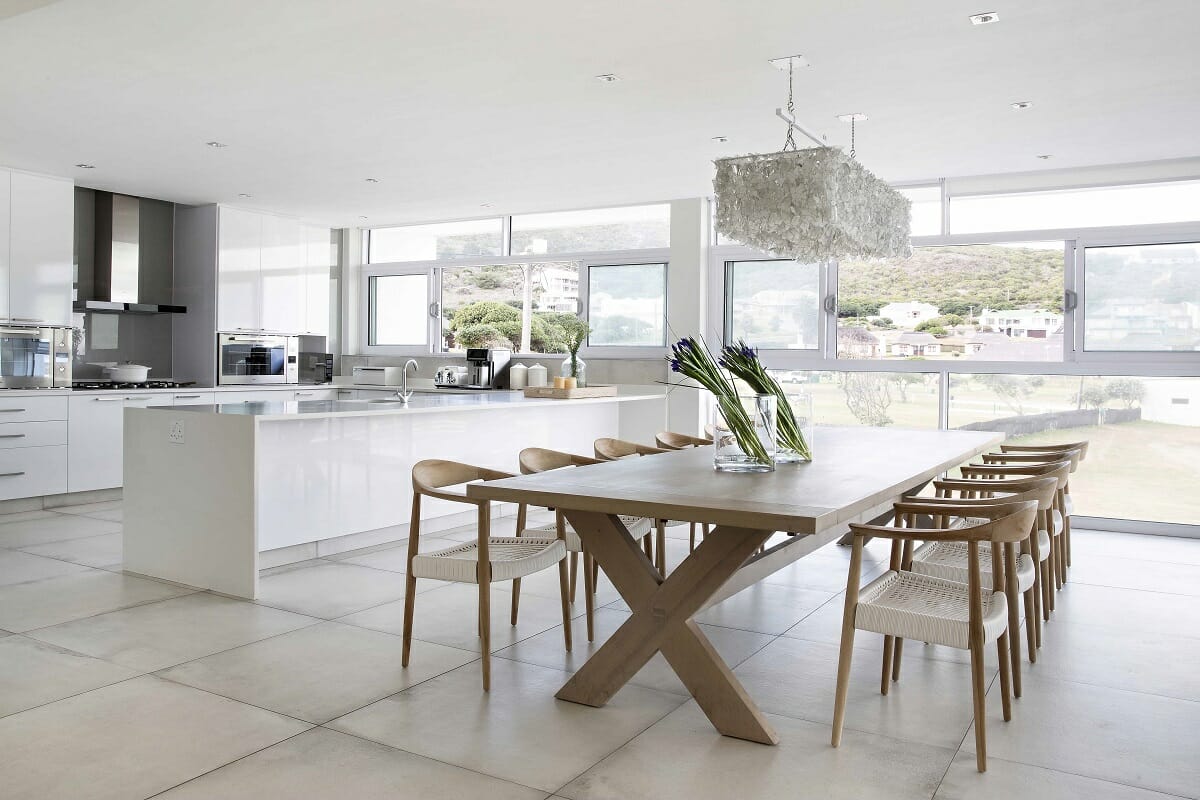
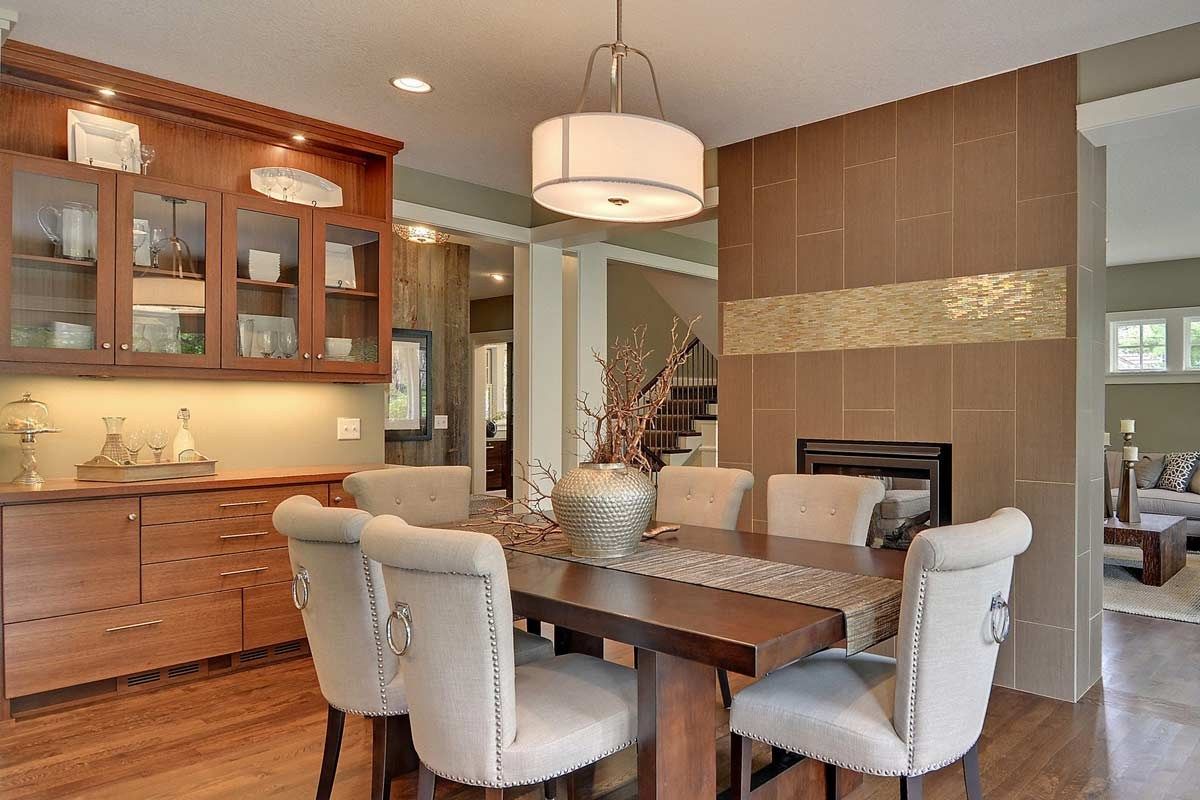
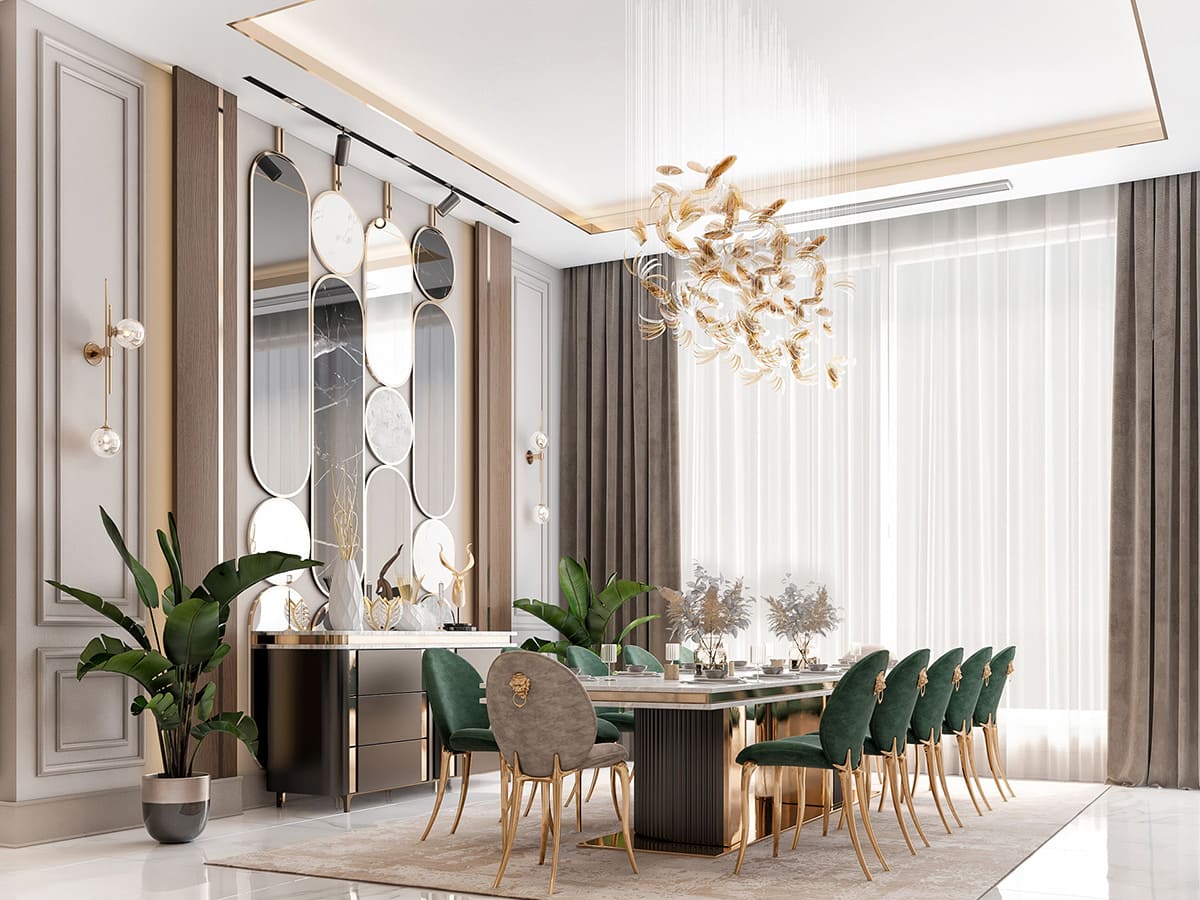
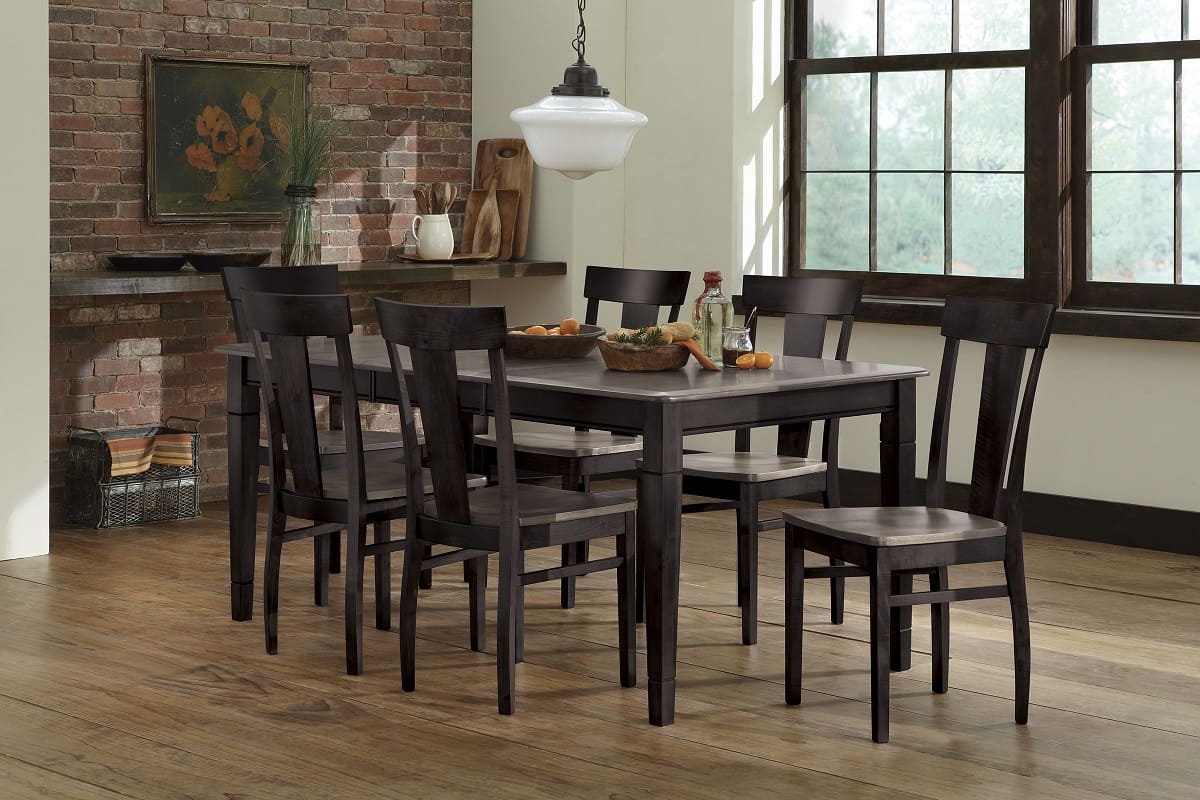
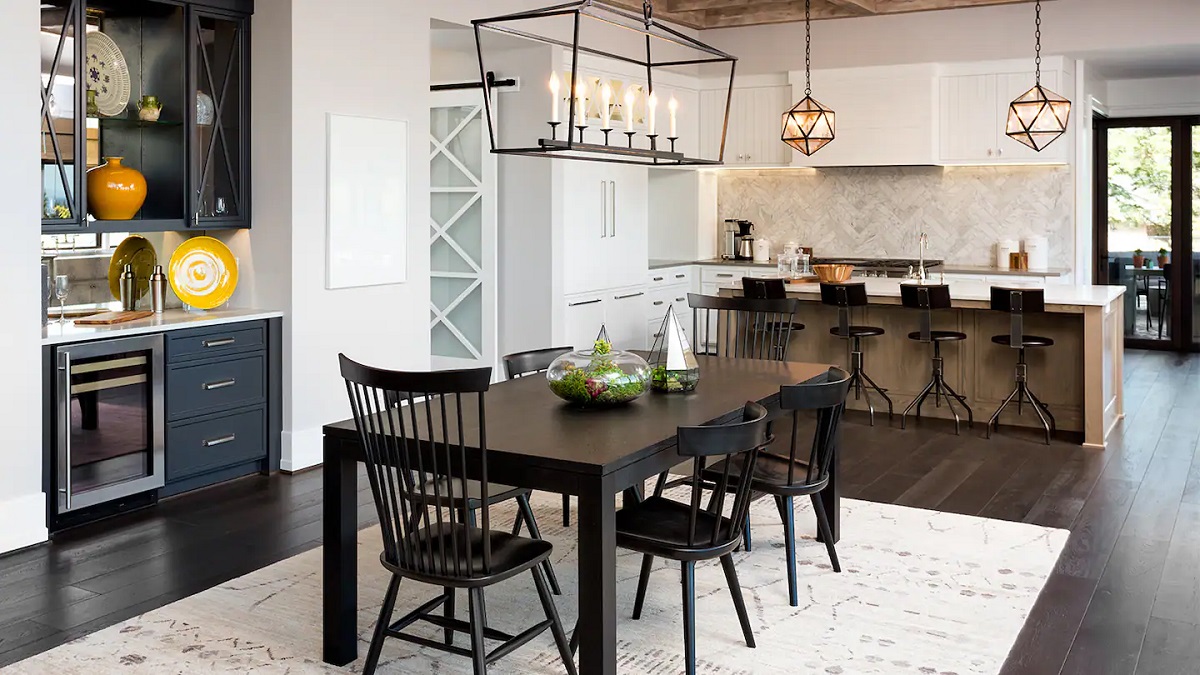
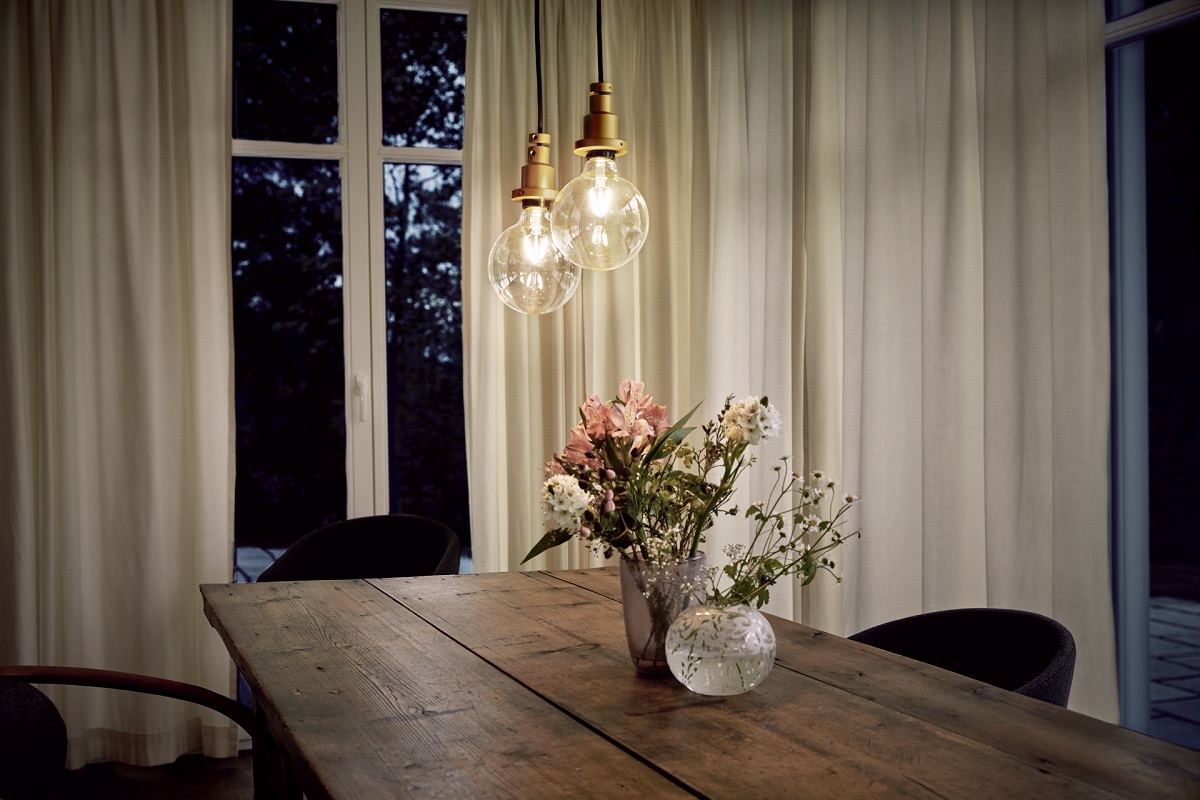
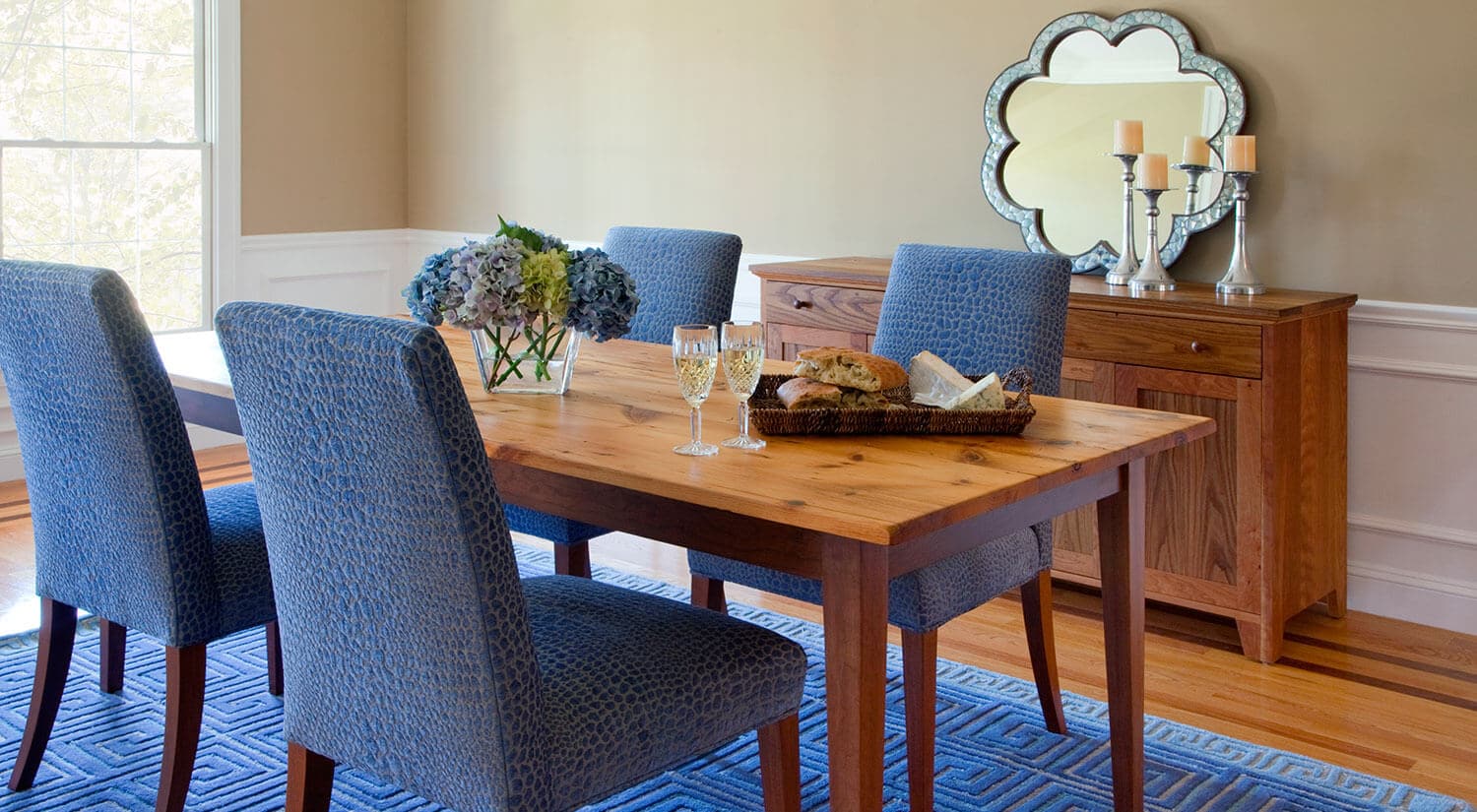
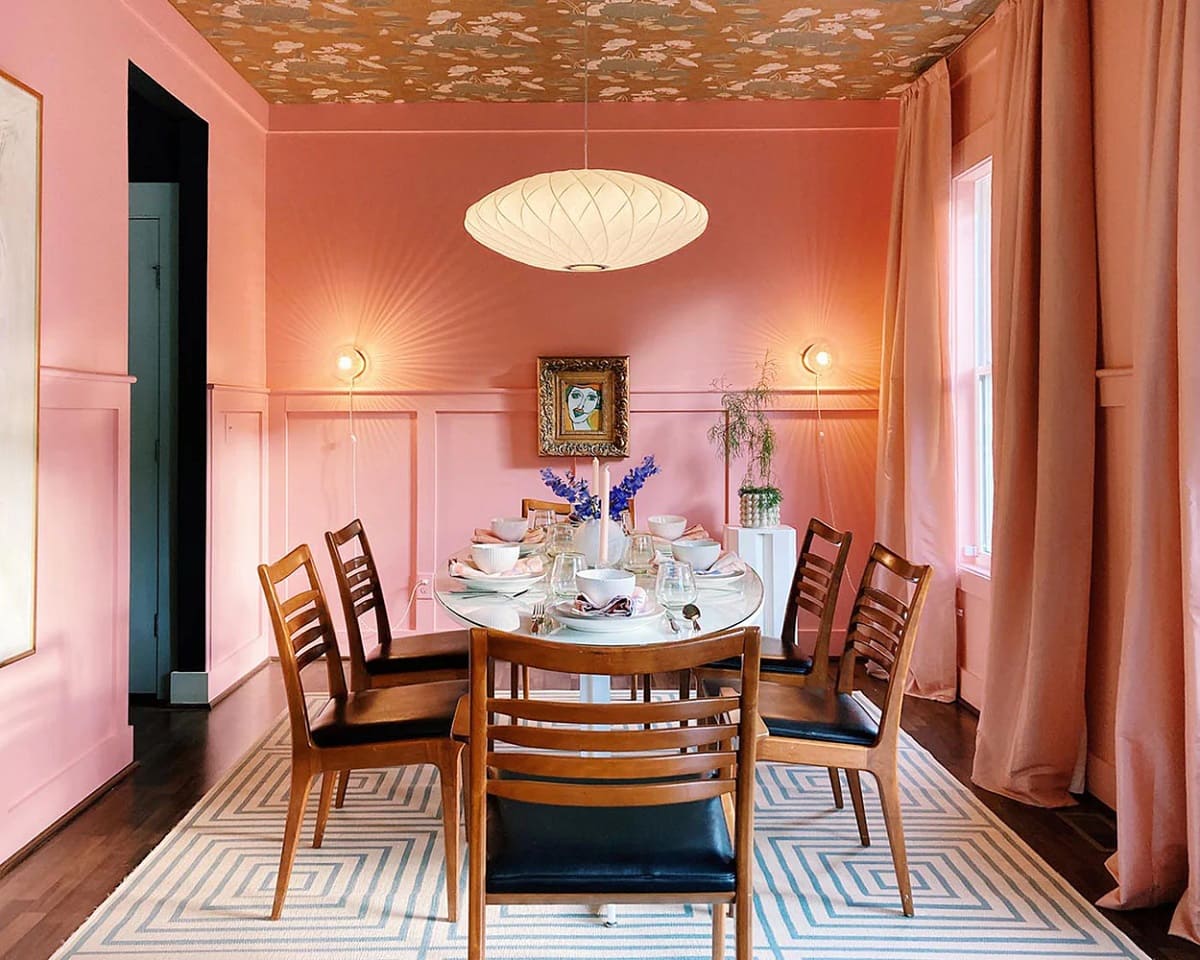
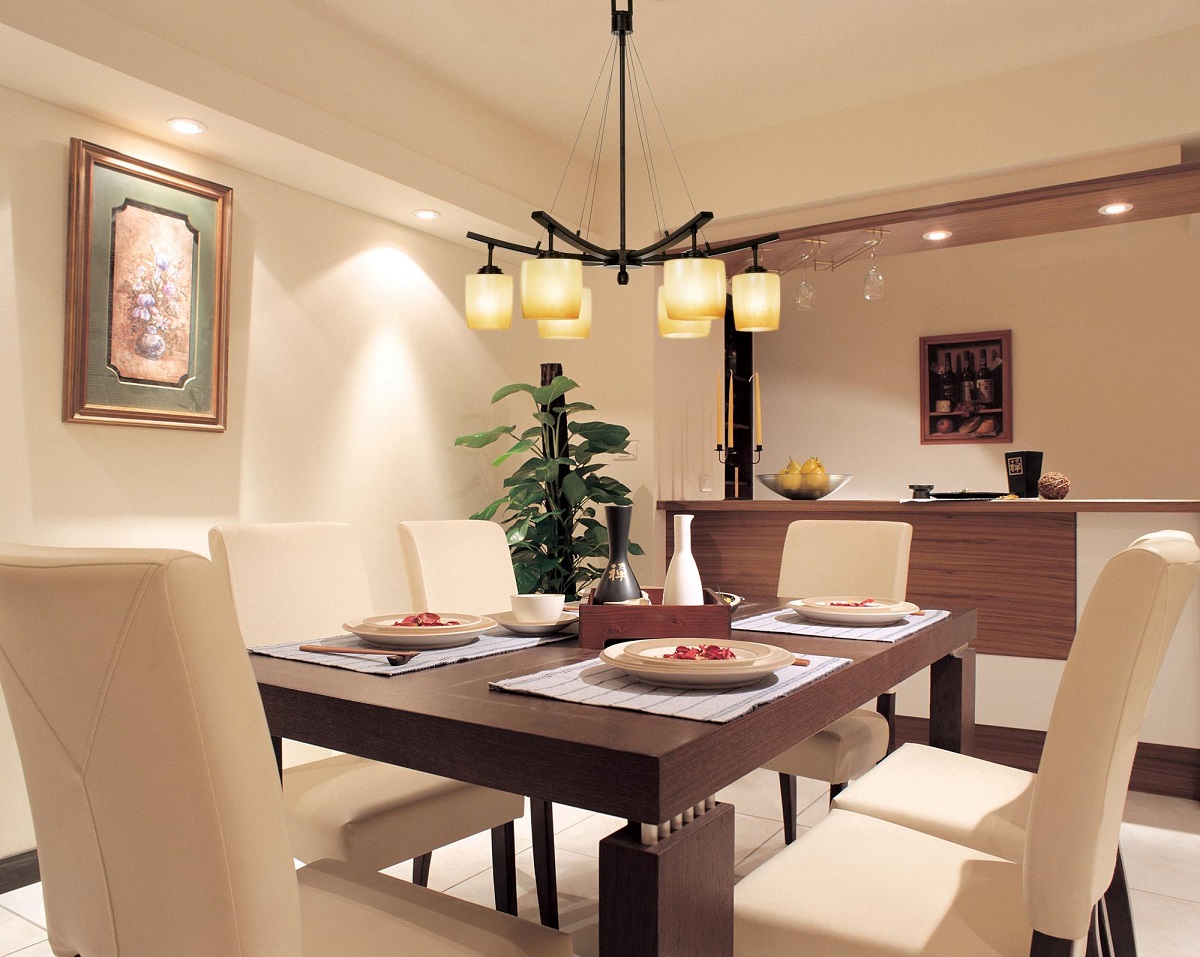
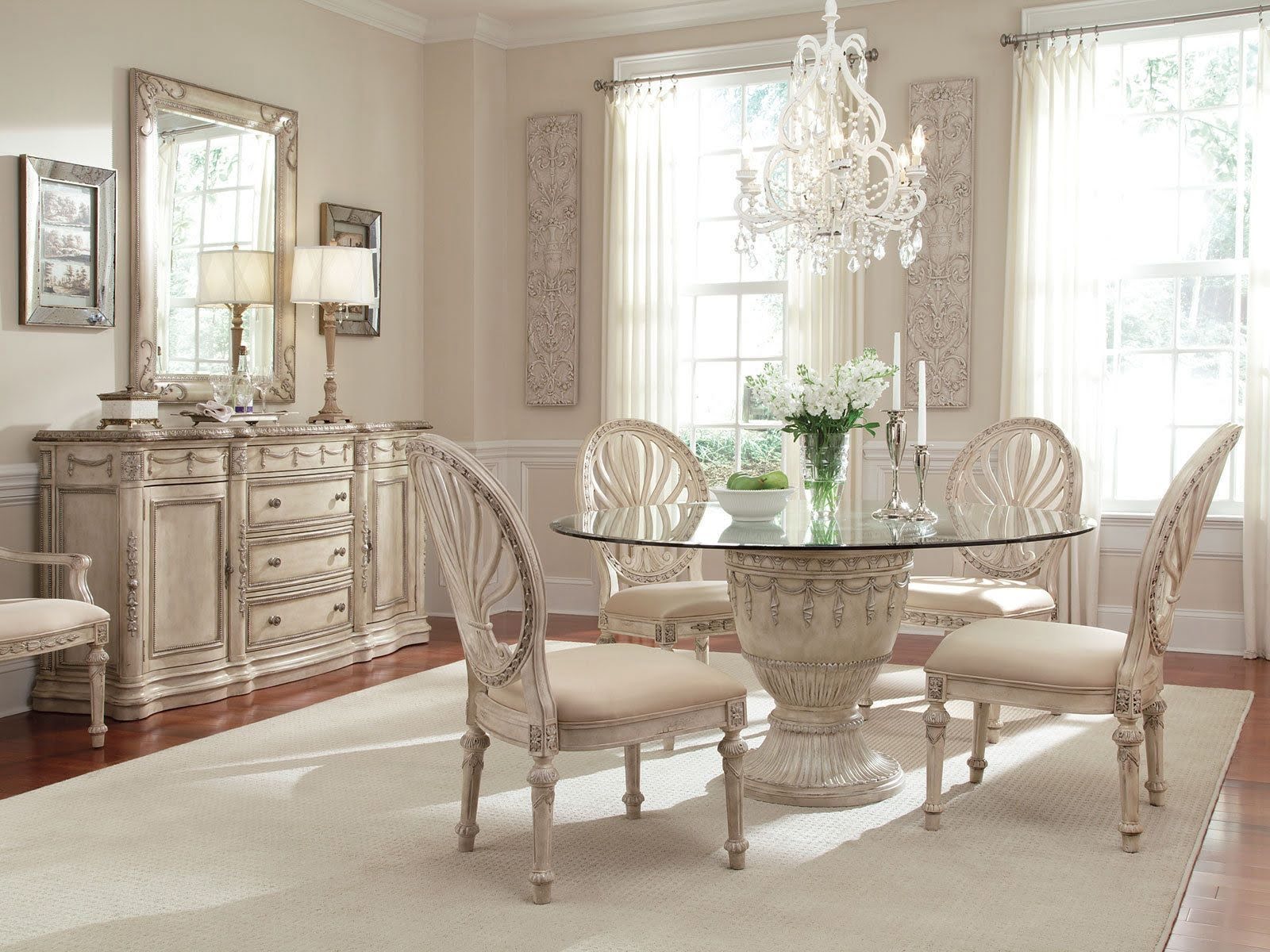
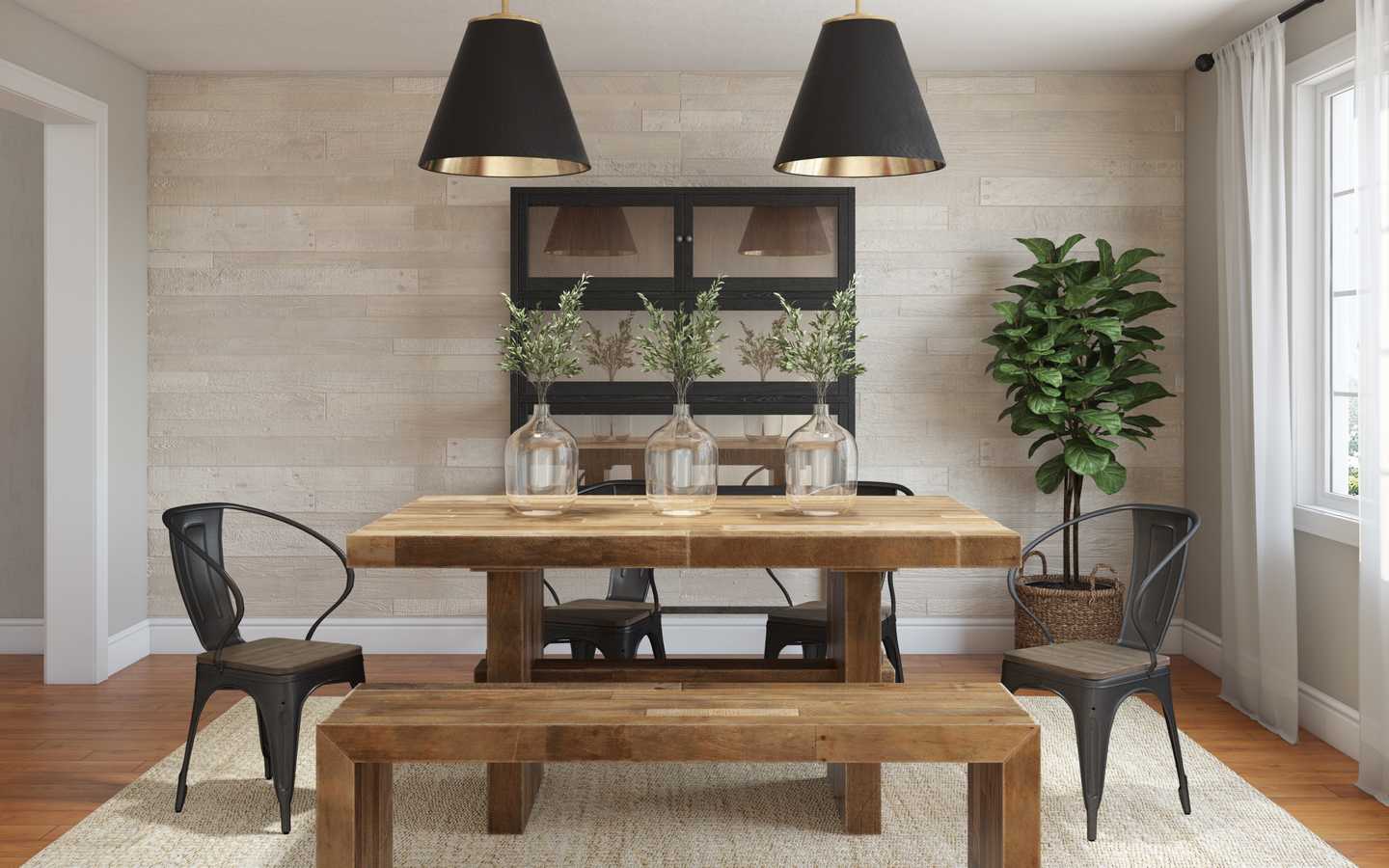

0 thoughts on “What Is In The Center Of The Dining Room Table”